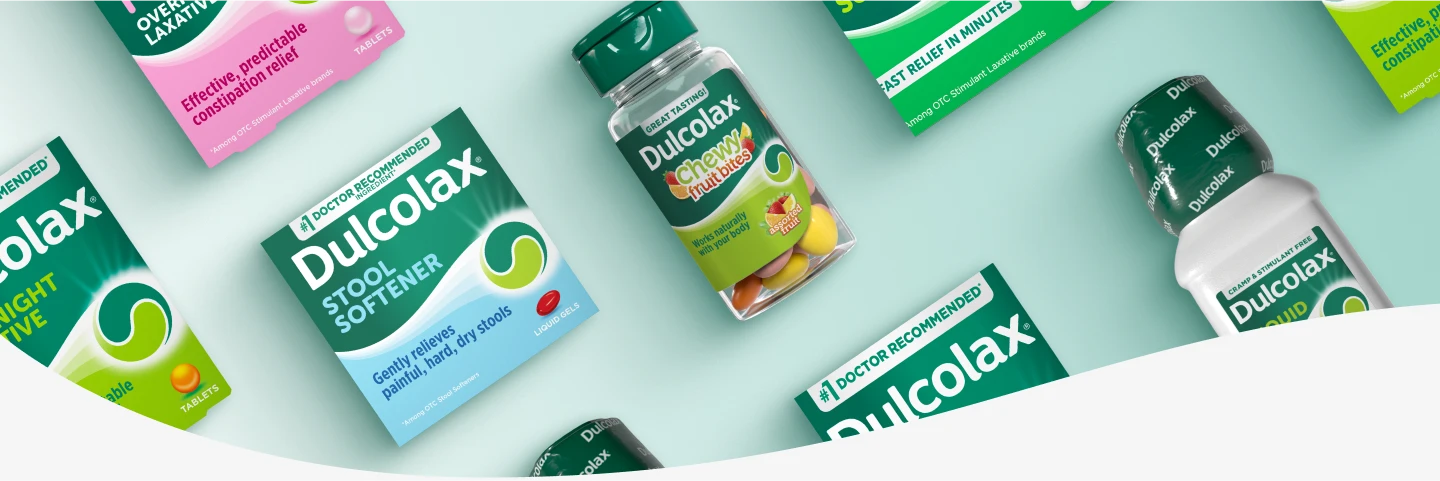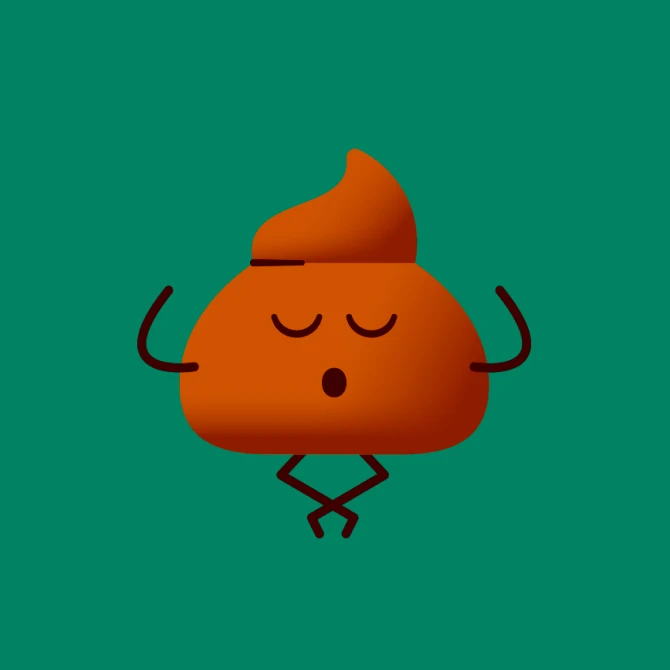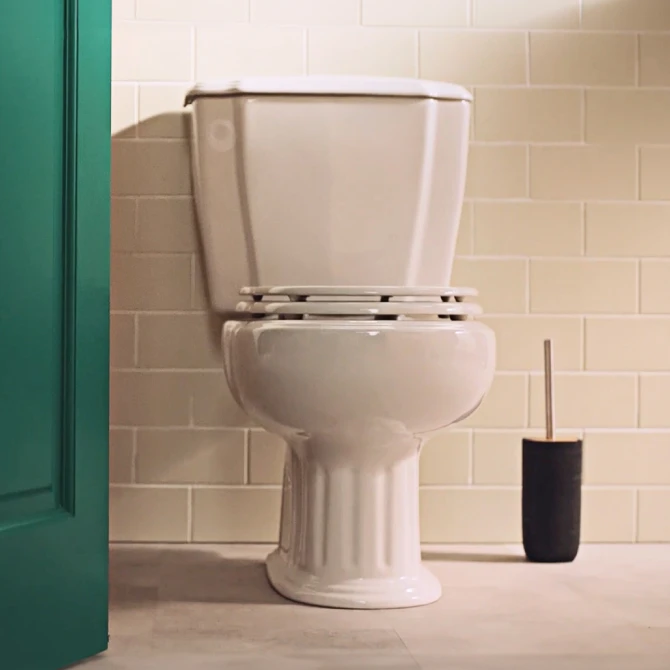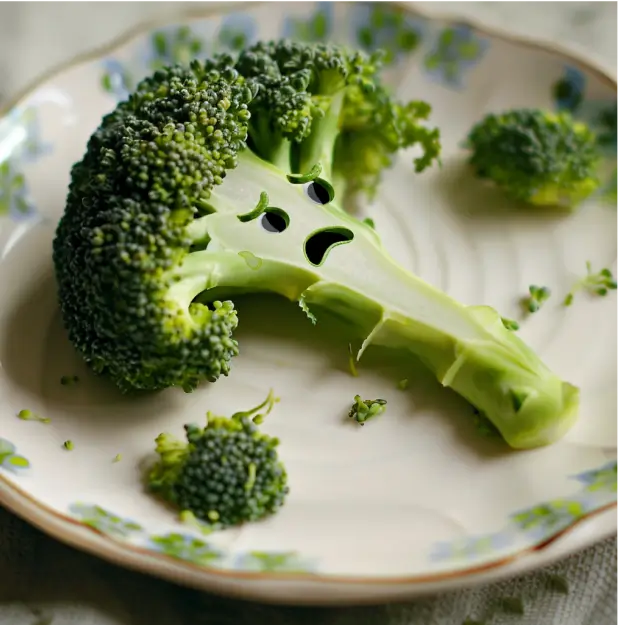
What are the different types of laxatives?
3 min
- Medication solution
%20(1).webp)
If you’re constipated, you might be feeling imprisoned by your own lack of bowel movements. Fortunately, there are a number of things, including dietary changes, that could help you.
In this article we will take a look at some scientifically proven home remedies for constipation, dietary alterations that may help, and other solutions to restore the joy of a satisfying morning poop.
Laxatives for constipation: uses & safety
When dietary and lifestyle changes fail to get your bowels working smoothly again, laxatives are next in line for constipation relief. As with all medicines, laxatives can cause some side effects, however, they should not be feared. They can really make a difference.
As with most medications, laxatives are generally safe when used as directed.

Here are some examples of medicines for occasional constipation relief.3
Types of laxatives
Bulking agents (fiber)
Fiber laxatives, like psyllium, work by adding bulk to your poop. They absorb water in your gut, creating a larger stool that activates the colon, helping you finally send the stool on its way.
Emollient agents (stool softeners)
Stool softeners are laxatives that soften your stool by drawing water into it. This added water will ensure it passes through your digestive tract more smoothly. Dulcolax have a range of laxative products available, including stool softeners that has the #1 doctor recommended stool softener ingredient, docusate.
Lubricant agents
Lubricating agents, like mineral oil, assist in lubricating stool by decreasing water absorption in your belly. This facilitates the movement of stool through your body.7
Osmotic laxatives
Osmotic laxatives are medications that draw water into the stool, resulting in softer stools and more frequent, easier to pass bowel movements. The most common osmotic laxatives are polyethylene glycol and lactulose.
Stimulant agents
While lifestyle and dietary modifications can help constipation, additional support is sometimes needed. When this is the case, stimulant laxatives are considered first-line for providing constipation relief.3
Stimulant laxatives increase gut motility as well as the content of water on stools.7 Dulcolax stimulates colon causing muscles to contract to push stool through the colon.
A full range of Dulcolax stimulant products are available, including tablets and suppositories.

Which Dulcolax® is right for you?
Answer few questions about your poop routine and we'll suggest the right product for you.
Which laxative should you use?
If eating more fruit or walking around the block aren't getting your business going again, laxatives are the way to go. The American Academy of Gastroenterology guidelines recommend over-the-counter-stimulant and osmotic laxatives as the best choices. But it really depends on what you are looking for.
A full range of Dulcolax products are available depending on your needs. Suppositories have the fastest action, as they target the problem area directly. Tablets work overnight when taken before bed, to ensure a smooth and satisfying bowel movement in the morning.
See the full range of Dulcolax products here.
If these effective alternatives do not resolve your occasional constipation, don't suffer in silence – talk to your health care professional to find an option that works for you. Constipation is manageable, but it’s up to you to take the first step.3,18
How should I take laxatives?
.webp)
Laxatives are generally well tolerated, but as each laxative has its unique dosing and timing instructions, follow the directions on the label. Taking more than the recommended dose can lead to unwanted side effects.12,13
Certain laxatives can interact with some medications and might be contraindicated by specific medical conditions. You should consult a healthcare professional before using laxatives to ensure they don’t interact negatively with other medications you are taking. Also consult a doctor before laxative use if you are pregnant or breastfeeding.
How is constipation diagnosed?
If you take just one lesson from this guide, let it be that constipation need not be a burden. If you are concerned that constipation is impacting on your ability to live a normal life, make an appointment with your doctor who can both diagnose and help you make the changes you need, so that constipation can become a thing of the past.
To determine what may be causing your constipation, a doctor will ask questions about your symptoms, medical history, medications, and habits. They may also examine your body to detect any physical problems or blockages, and may need to perform diagnostic tests, like x-rays or other procedures, in order to eliminate the potential of there being more serious root causes to your constipation.2
How long should i take laxatives?
Laxatives can be supportive and help in relieving constipation. However, they should not be used long-term.
If your situation requires ongoing laxative use, please visit a doctor. If constipation persists more than 14 days, please speak to your healthcare professional prior to using Dulcolax.2,13,14
Alternative to laxatives
Don't underestimate the power of dietary and lifestyle changes to improve your digestion.1
High-fiber foods are beneficial. Whole grains, legumes, vegetables or fruits may increase the frequency of your bowel movements by speeding up poop’s epic journey through the body. In addition, also make sure to drink enough water as part of your diet.16,17
Exercise as part of your healthy lifestyle activates your abdominal muscles, making it easier for your gut to do its job. Even just a stroll around the neighborhood can do wonders.16
Your body position is also important when going number two. Squatting helps, as this angle facilitates the passage of poop.16
Your occasional constipation might be preventing you from enjoying all the comforts life has to offer, but thanks to laxatives, it’s only temporary.
* Works in 30 minutes to 6 hours
Disclaimer:
Partly generated by Gen AI
Sources
- Khanna, S. (2020) Mayo Clinic on Digestive Health: How to prevent and treat common stomach and gut problems. Mayo Clinic Press.
- Wang, T.C., Camilleri, M., Lebwohl, B., Wang, K.K., Lok, A.S., Wu, G.D. and Sandborn, W.J. eds., 2022. Yamada's Textbook of Gastroenterology. John Wiley & Sons.
- Bashir A, Sizar O. Laxatives. [Updated 2022 Oct 13]. In: StatPearls [Internet]. Treasure Island (FL): StatPearls Publishing; 2022 Jan-. Availablefrom: https://www.ncbi.nlm.nih.gov/books/NBK537246/
- Poitras, P., Bouin, M., Faure, C., Dapoigny, M. (2022). Constipation. In: Poitras, P., Bilodeau, M., Bouin, M., Ghia, JE. (eds) The Digestive System: From Basic Sciences to Clinical Practice. Springer, Cham. https://doi.org/10.1007/978-3-030-98381-9_15
- Bharucha, A. (2021) Constipation, American Gastroenterological Association. American Gastroenterological Association. Availableat: https://patient.gastro.org/constipation/ (Accessed: January 9, 2023).
- Hannoodee S, Annamaraju P. Docusate. [Updated 2022 Jul 17]. In: StatPearls [Internet]. Treasure Island (FL): StatPearls Publishing; 2022 Jan-. Available from: https://www.ncbi.nlm.nih.gov/books/NBK555942/
- Stephen M Borowitz, M.D. (2022) Pediatric constipation medication, Medscape. Medscape. Available at: https://emedicine.medscape.com/article/928185-medication (Accessed: January 10, 2023).
- Mayo Clinic (2023) Laxative (oral route) description and brand names, Mayo Clinic. Mayo Foundation for Medical Education and Research.
- Siegel JD, Di Palma JA. Medical treatment of constipation. Clin Colon Rectal Surg. 2005 May;18(2):76-80. doi: 10.1055/s-2005-870887. PMID: 20011345; PMCID: PMC2780140.
- Müller-Lissner SA, Kamm MA, Scarpignato C, Wald A. Myths and misconceptions about chronic constipation. Am J Gastroenterol. 2005 Jan;100(1):232-42. doi: 10.1111/j.1572-0241.2005.40885.x. PMID: 15654804.
- Gordon M, MacDonald JK, Parker CE, Akobeng AK, Thomas AG. Osmotic and stimulant laxatives for the management of childhood constipation. Cochrane Database Syst Rev. 2016 Aug 17;2016(8):CD009118. doi: 10.1002/14651858.CD009118.pub3. PMID: 27531591; PMCID: PMC6513425.
- NHS (2022) Laxatives, NHS choices. NHS. Available at: https://www.nhs.uk/conditions/laxatives/ (Accessed: January 10, 2023).
- Over-the-counter laxatives for constipation: Use with caution (2022) Mayo Clinic. Mayo Foundation for Medical Education and Research. Available at: https://www.mayoclinic.org/diseases-conditions/constipation/in-depth/laxatives/art-20045906 (Accessed: January 10, 2023).
- Portalatin M, Winstead N. Medical management of constipation. Clin Colon Rectal Surg. 2012 Mar;25(1):12-9. doi: 10.1055/s-0032-1301754. PMID: 23449608; PMCID: PMC3348737.
- Laxatives: Nursing pharmacology | osmosis (no date) Osmosis. Available at: https://www.osmosis.org/learn/Laxatives:_Nursing_Pharmacology (Accessed: January 11, 2023).
- 8 home remedies for constipation (2022) Cleveland Clinic. Cleveland Clinic. Available at: https://health.clevelandclinic.org/home-remedies-for-constipation/ (Accessed: January 10, 2023).
- Eating, diet & nutrition for constipation. https://www.niddk.nih.gov/health-information/digestive-diseases/constipation/eating-diet-nutrition
- Bharucha AE, Pemberton JH, Locke GR 3rd. American Gastroenterological Association technical review on constipation. Gastroenterology. 2013 Jan;144(1):218-38. doi: 10.1053/j.gastro.2012.10.028. PMID: 23261065; PMCID: PMC3531555.
.webp)






.webp)

.webp)
.webp)






.webp)